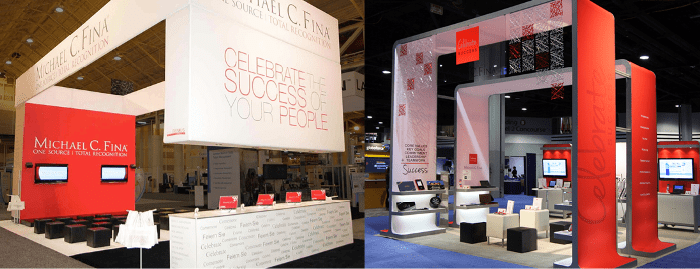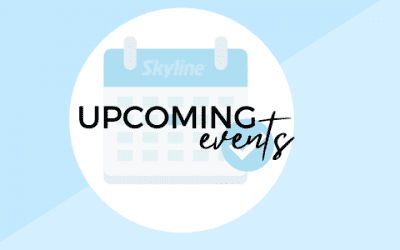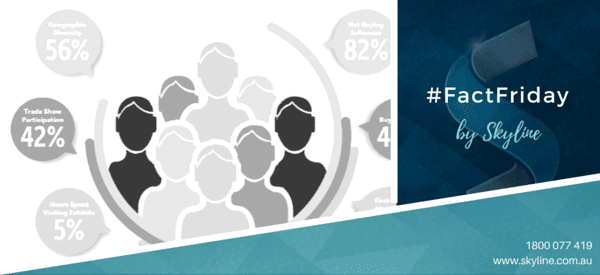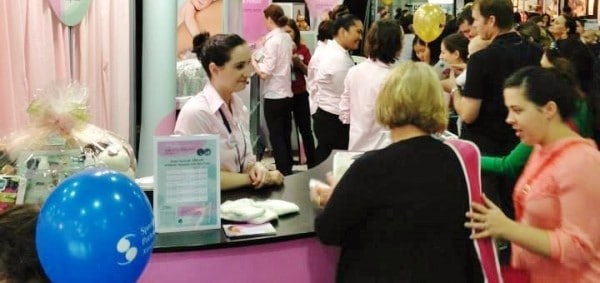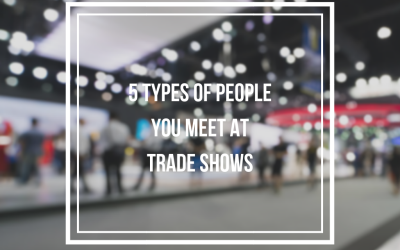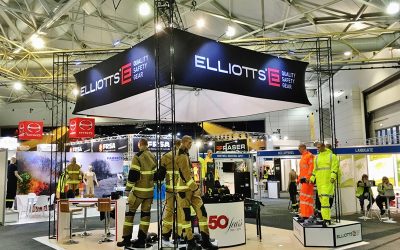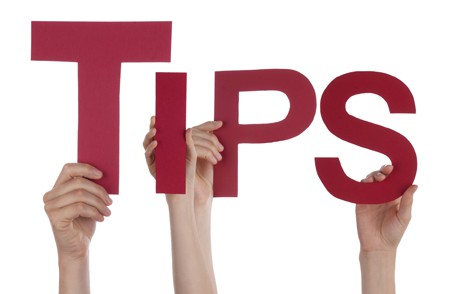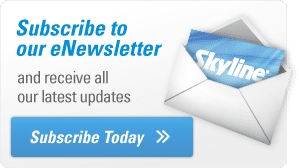Article Written By Mike Thimmesch.
The world we live in is a constantly changing place:
- Of the original Fortune 500 from 1955, only 11 are still on the list.
- Since 1969, the only artist to twice have the #1 Billboard pop single of the year was George Michael, in 1985 (as part of the band Wham!) and 1988.
- Since 1978, China’s share of global GDP has grown from 5% to 16%.
- In 2000, the top 5 girl’s baby names were Emily, Hannah, Madison, Ashley, and Sarah, yet in 2013; the top 5 were Sophia, Emma, Olivia, Isabella, and Ava.
That’s 4 ways our world has changed substantially. And yet, your trade show booth has to adapt even more, to 11 changes that affect how it is shaped, looks, and is used:
- Change in booth size
- Change in number of shows
- Change division or product represented
- Change of industry targeted
- Change in corporate branding
- Change in marketing message
- Change in the economy
- Change in uncertainty about the future
- Change of company ownership
- Change in how good your booth looks
- Change in marketing objectives
A custom modular exhibit can help you better adapt to these 11 changes with a more modular design, easily changed graphics, and the option of exhibit hardware rental.
Let’s look at how these three aspects of modular exhibits help you adapt. The advantages add up to more than you may realise.
MODULARITY: Modular design saves costs, changes exhibit shape and size
Today’s modular exhibit systems give nothing up on design. They are sleek, modern systems that create an impressive brand presence and can be designed specifically to meet exhibitors’ marketing objectives. But unlike traditional custom exhibits, modular exhibit systems are engineered with flexibility in mind: they can be easily taken apart and reassembled into different shapes.
This modularity can be done at two levels: the piece level, and the component level. At the piece level, you can take the individual metal pieces and recombine them into a different shape, such as turning parts of a wall into a tower. The more common reconfiguration happens at the component level, where a 3x6m back wall is divided into two 3x3m booths, or a 6x6m island is expanded into a 6×12 island.
This structural flexibility allows you to change your booth size or footprint much easier than if you have a traditional custom exhibit made of wood and laminates. So if the economy changes and you need to downsize your booth to reduce costs or expand your booth to take advantage of greater opportunities, modular exhibits make it much easier to flex up or down.
Or if your marketing objectives change (for example, from taking lots of leads to a focus on hosting important meetings), modular exhibit properties allow you to reuse some or all of your parts in a new exhibit design more aligned with your new goals.
GRAPHICS: Easily changed graphics save on costs and improve target marketing
Changing the exterior surface on a traditional custom exhibit, beyond just swapping out a 3D logo, can be so expensive it’s often not worth it. Yet with today’s modular exhibits, you can change out a panel, a side, or even the entire exterior of the exhibit with a new graphic, as easily as setting it up. This ability to change graphics has huge advantages for your trade show program.
You can swap out the graphics to let multiple divisions or brands use one set of exhibit architectural hardware but change the graphics to adjust your messaging and imagery when needed. You can create a design that has one overarching brand message at the highest levels, but change out secondary graphics that target specific audiences at different vertical market shows. You can much more easily update your exhibit after a rebrand or company merger. You can swap out graphics to promote your newest products. And when the graphics wear out, you can get new graphics and keep using the exhibit hardware.
RENTAL: Rental exhibits stretch budgets and increase design flexibility
Overall, rental exhibits are a continuing trend that shows no sign of letting up. Exhibitors love the ability to go to one large show a year in an exhibit that they don’t have to buy, let alone pay to store for the other 11 months of the year. Generally, when an exhibitor rents the exhibit hardware and buys their custom graphics, it costs about a third to a half of buying the entire exhibit outright. A rented exhibit can be reused again the next year, but for many in high-tech companies, they love the ability to evolve or even completely change their design the following year. Just consider how much it would cost to buy a new exhibit every year instead! And if your company is feeling uncertain about the strength of the economy, exhibit rental is a hedge against risk, preventing the need to tie up capital in an owned exhibit property.
With modular exhibits, rental is even better, as it allows you to scale up your booth with greater consistency of design, as there is are almost infinite ways to create a larger exhibit around your already designed smaller exhibit with rented modular, and these rented components will match the look and feel of your existing exhibit design. Or if you have two shows at the same time, you can rent an exhibit that exactly matches the look you’ve already chosen for your company.
Flexible Trade Show Exhibits Save Money, Reduce Anxiety, and Improve Marketing
With modular design, changeable graphics, and enhanced exhibit rental, custom modular exhibits save you a surprisingly large amount of money, reduce your anxiety at having to deal with constant change, and allow you to promote more targeted marketing messages to different trade show audiences.
So if you aren’t already using custom modular exhibits, perhaps now it’s time to consider a change. Contact us today for more information and examples on how custom modular exhibits increased flexibility for exhibitors.
About the Author: Mike Thimmesch is Skyline Exhibits’ Director of Customer Engagement, with over 25 years of Marketing and Trade Show Display Marketing experience.

